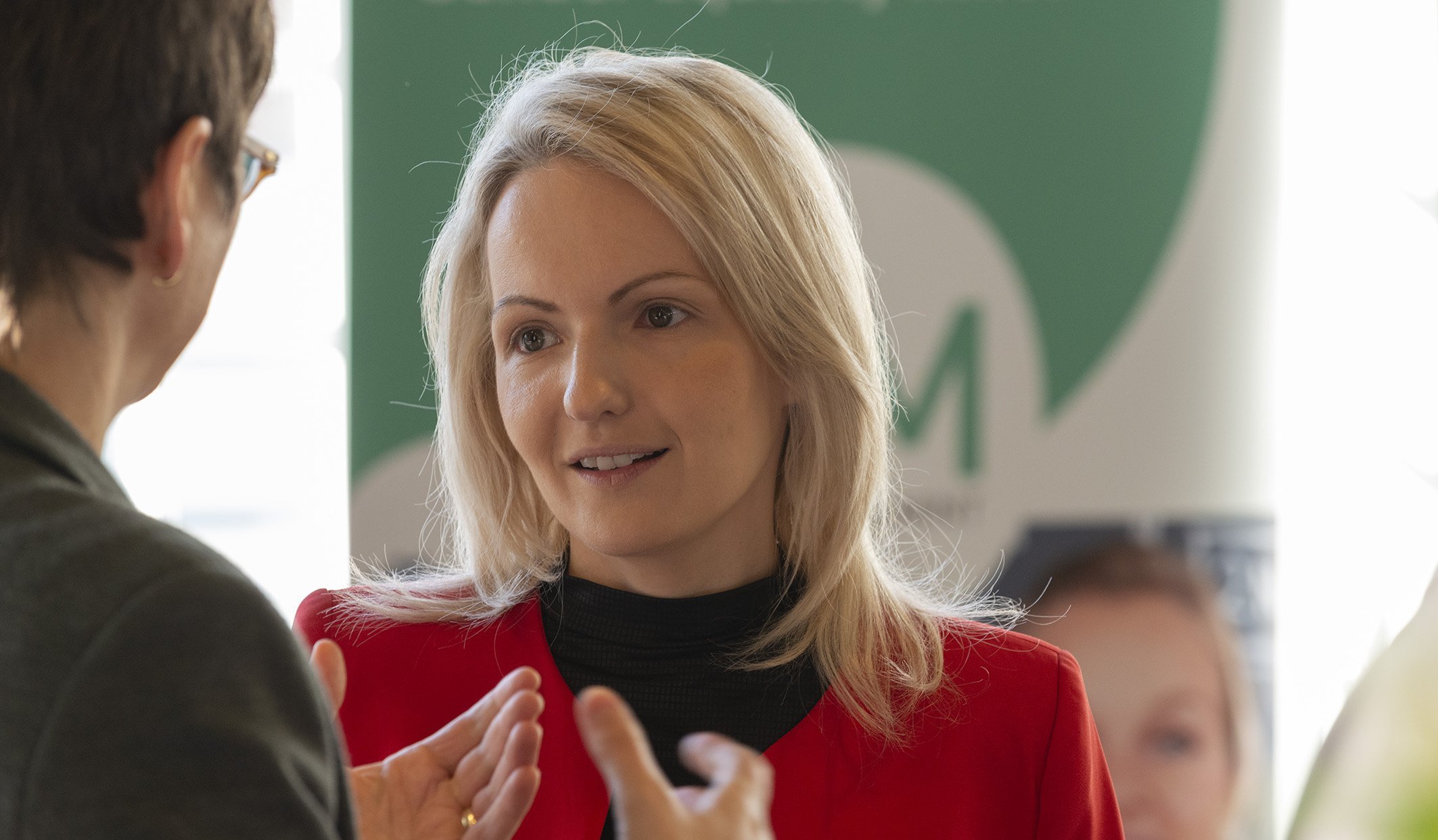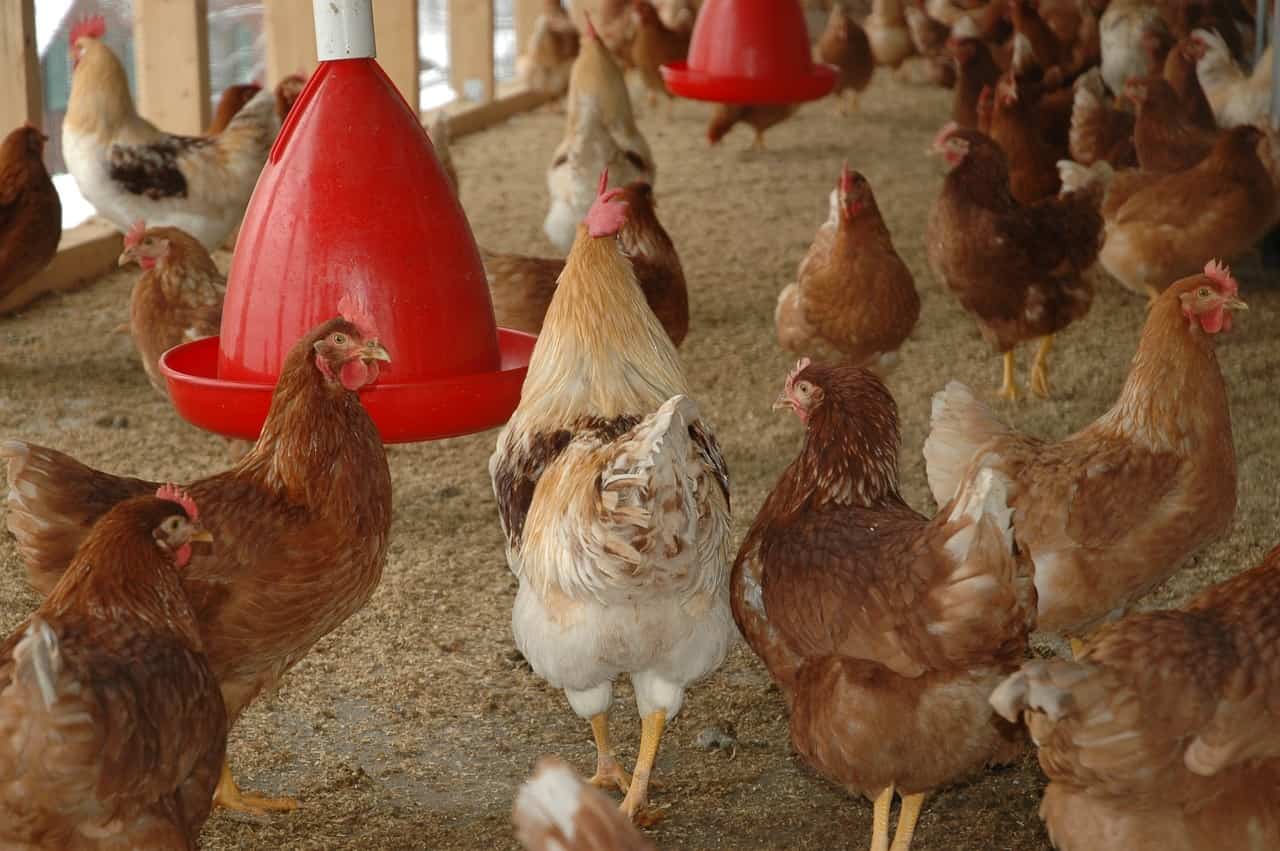
The dream of many children could come true thanks to this writing trainer: in the future, a smart pen will point out and help children correct spelling mistakes while they are writing, instead of them having to look these up. At least this is one of the research goals of Julia Knopf, Professor of German Primary Education at Saarland University.
“We want to develop the technological basis for a new spelling training concept and test it out as a prototype,” is how Knopf explains the background to this exciting developmental concept.
Joint project with Fraunhofer ISS & business
In her joint project with the Fraunhofer Institute for Integrated Circuits IIS in Nuremberg, Stabilo International GmbH, Kinemic GmbH and the Digital Research Institute (FoBiD), the professor is aiming to develop a writing trainer that will teach children not only accuracy in spelling, but also healthier motor skills and improved efficiency in writing.
“This pen is intended as an intelligent aid – it should help children to improve their handwriting, lettering and spelling skills on their own,” Knopf explains.
The hope is that this automated writing process will help children develop legible handwriting.
Complex tasks
There is already a prototype of this kind of pen out there, Jung explains:
“The pen is based on the Ergo or EduPen from Stabilo, which is currently being further developed and upgraded with the addition of an innovative training concept.”
This new writing trainer is based on a pen that is equipped with sensors. While the above model is intended for teachers who can use it in order to measure and promote children’s writing and graphomotor skills, the latest pen is designed to provide direct support to children. The writing that a primary school student writes on paper is transferred to a tablet in real time. A sensor system evaluates what has been written and, if necessary, informs the learner of any spelling mistakes and errors. Nevertheless, the tasks are much more complex than that:
“An important part of the study deals with the issue of when and which methods should be used when providing feedback on spelling, as well as what the didactic exercise scenario should look like,” Knopf states.
The task of the project partners is to solve these technological challenges. In the current research project, spelling is recorded and accordingly commented on and embedded in a training concept. It is not just a matter of correcting the child’s mistakes:
“The purpose of the pen and the corresponding app is to give the child individual feedback on their spelling performance, as well as to provide the child with suitable exercises for advancing their development. The training focuses primarily on learning strategies which determine the correct spelling of words,” Jung explains and adds: “This means that it is not the aim of the app and pen to merely correct the child’s mistakes. Rather, the child should be encouraged to use German sentence structures themselves. In addition, the application is not intended to replace actual spelling lessons, but to be used as supplementary educational material.”
As soon as these training concepts have been designed for spelling, they are to be tested at various schools. Jung adds:
“This research project will run for three years. During this time, the development and testing of the prototype will be the main focus. The pen will be put on the market after the project has been completed”.
The joint project ‘Handschrift-Training und Schrift-Digitalisierung mittels kontextsensitiver Stifte’ (Handwriting training and digitization using context-sensitive pens) is being funded by the Federal Ministry of Education and Research (BMBF) to the tune of €1.3 million. In response to whether an application for adults is also feasible, Jung replies by saying that perhaps one day we will all be using a pen like this one as a matter of course:
“The combination of pen and app will be aimed at children up to grade 6, largely due to the underlying play approach. However, it makes sense to consider expanding this concept.”








